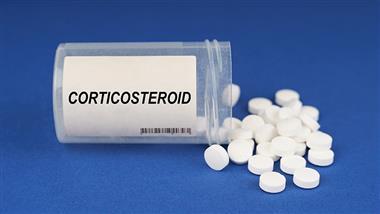
Steroids are named after the steroid cholesterol which was first described in gall stones from Ancient Greek chole- ‘bile’ and stereos ‘solid’.
Steroids have two principal biological functions: as important components of cell membranes that alter membrane fluidity; and as signaling molecules. Examples include the lipid cholesterol, sex hormones estradiol and testosterone, anabolic steroids, and the anti-inflammatory corticosteroid drug dexamethasone.
Hundreds of steroids are found in fungi, plants, and animals. All steroids are manufactured in cells from the sterols lanosterol (opisthokonts) or cycloartenol (plants).
Sterols: any of a group of naturally occurring unsaturated steroid alcohols, typically waxy solids.
- Corticosteroids are widely used in medicine, but their safety has long been questioned, with more and more dangers being discovered
- Understanding the effects of the body’s natural corticosteroids explains many of the common side effects from synthetic steroids like diabetes, fractures, and tissue loss
- Steroids exemplify a common criticism of modern medicine — treating symptoms rather than addressing the root cause can lead to far more severe chronic health issues
- While they are frequently misused, in some cases, steroids can also be lifesaving, hence requiring knowledge of their appropriate uses
- Superior natural and conventional alternatives to steroid therapy now exist, reducing the justification for using these unsafe drugs
https://articles.mercola.com/sites/articles/archive/2025/05/23/vast-dangers-of-corticosteroids.asp
